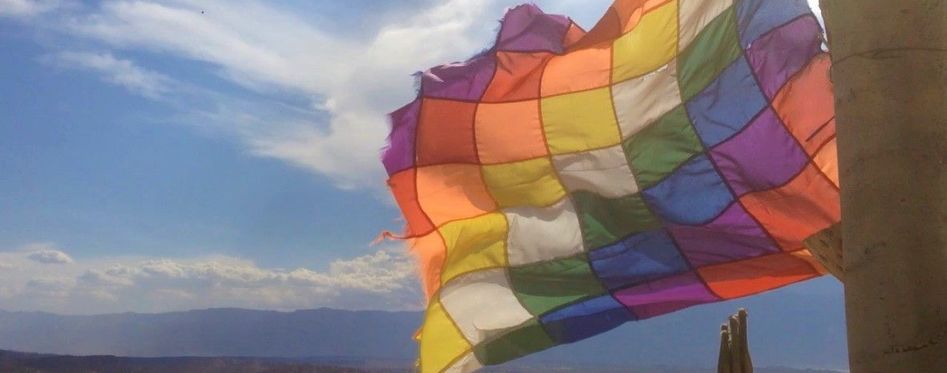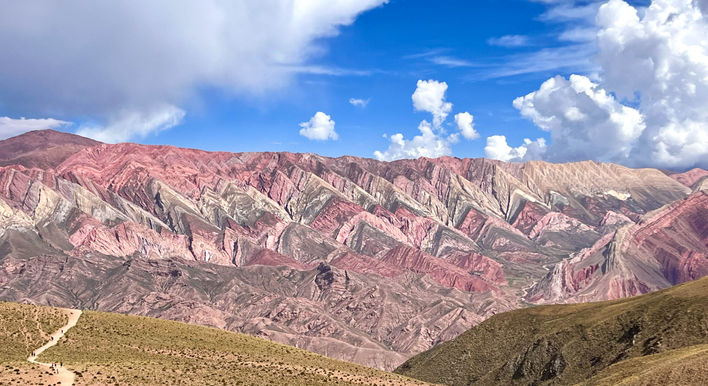Today is Pachamama day, perhaps the most important celebration in the indigenous calendar (closely followed by carnival but they’re so interlinked you can’t have one without the other).
On August 1st, Argentina’s indigenous population give thanks to Mother Earth (which is what Pachamama means in the Inca language of quechua).
A tour we think you'll love
Pachamama is part of the holy trinity (one of those again), with Inti (Sun) and Killa (Moon) revered not just by the Inca of Peru, but the Aymara in Bolivia.
Visitors on guided tours of Salta and Jujuy often remark on the strong indigenous presence here compared to other parts of Argentina.
So perhaps not surprisingly, traditions surrounding Mother Earth are strongest in Jujuy and Salta, the northern provinces which abut Bolivia and have traditionally received most immigration from our northern neighbours.
Today is a public holiday throughout Jujuy province, and on the weekend of August 13th & 14th there is a huge music festival in the capital of San Salvador de Jujuy.
A more solemn closing Ceremonia Nacional de Pachamama on August 31st is in Tolar Grande, Salta province, while there are also ceremonies during the month in Catamarca, Cordoba, Formosa, Mendoza and Rosario.
August is when the ground is prepared for planting in September: so the locals are giving thanks to Pachamama at the same time as wishing for a good harvest for the year ahead.
Thick smoke enveloped the atmosphere from the early hours this morning. It’s not the fields being burnt for the new harvest (though that is also a less pleasant feature of winter agricultural husbandry), but the locals cleansing their homes of evil spirits with a sahumerio made up from a concoction of herbs and grasses.
Later in the day, people gather in ceremonies both public and intimate to dig a big hole in the ground: into which they deposit wine, cigarettes and the all-important coca leaves.
This year is particularly poignant after two years of pandemic restrictions limited believers to fulfilling private ceremonies at home.
What’s called a corpachada (literally “feeding of Pachamama”) is an actual as well as symbolic returning to Mother Earth of everything she has provided us with over the year.
At carnival time, in the desentierro (literally “undigging”) the same hole is returned to, and some more resilient offerings are recovered (I’ve seen a bottle of whisky emerge from the ground to the cheers of onlookers.)
Many years ago I took part in the August tradition in the mountain plateau town of San Antonio de los Cobres, home to the famous Tren a las Nubes, or Train to the Clouds.
It’s our most-watched video on You tube. Another video here shows a more solemn side to the ceremony.
Incidentally, the flag featured in our Pachamama photo is the whipala often called the Inca flag (erroneously, as there is no evidence that the Inca even had one): but it has come to symbolise the indigenous populations throughout Latin America.






